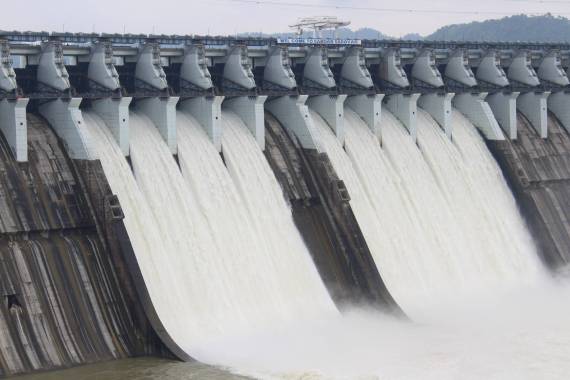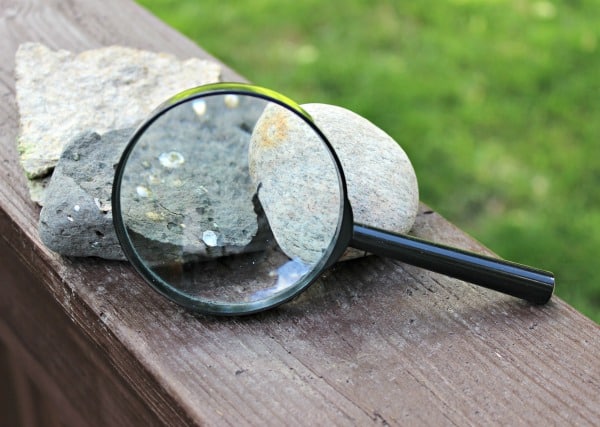Icelandic research cluster seeks £79M to drill ‘magma energy’ boreholes

This post was originally published on this site

A “world first” venture to drill directly into a “magma chamber” in Krapla, northern Iceland, is seeking $100M (£79M) to enable initial drilling to get underway by 2027.
The funding will support specialist drilling equipment and a team of handpicked specialist engineers from companies including Cowi-owned Mannvit. Their task will be to drill one of two 2km boreholes to a magma chamber beneath Krapla’s volcano. Magma chambers are underground reservoirs of molten rock and can be found as close as a few kilometres to the earth’s surface in Iceland and other volcanic regions.
The first borehole, with drilling hoped to commence by 2026/2027, will allow direct sampling of magma as well as measuring its pressure and temperature. This will be followed by a second borehole that will be used to investigate the potential of supercharging geothermal power to generate energy.
The project is rolling out under the aegis of Reykjavík based Geothermal Research Cluster (Georg). Georg director Hjalti Páll Ingólfsson told NCE that by drilling into a known magma body sitting about 2km deep below the Krafla Caldera, the project will enhance knowledge of magma and how to capture geothermal energy, potentially multiplying the output of a single borehole. The Krafla caldera – a large depression formed by volcanic eruption and collapse – is located north of Lake Mývatn in North Iceland, one of the country’s most explosive volcanic regions.
Ingólfsson said that ahead of the targetted start of drilling in 2026/27, the cluster is initially establishing a non-profit organisation (NPO) – comparable to the intergovernmental European Organisation for Nuclear Research, (Cern) – to manage access to the magma, set priorities and handle the project’s legalities.
He added that Georg has initiated discussions with a view to forming an international coalition of governments that will engage on the project, with the UK government understood to be an interested party. Industry partners will also play a role, including The International Continental Scientific Drilling Program (ICDP) a multinational program to further and fund geosciences in the field of continental scientific drilling.
Until now Iceland has been using groundwater heated by magma to power turbines and generate energy and the country’s landmass is home to thousands of boreholes drilled into its volcanic rock. However, drilling directly to a magma chamber is unprecedented.
“We want to get a better understanding of how magma behaves,” said Ingólfsson. “This is certainly new in Iceland in that we have never been able to harness magma directly.”
With no geophysical technique having yet been established to locate magma reservoirs, Ingólfsson told NCE engineers and vulcanology specialists stumbled upon the magma chamber during explorations at Krafla. It has now been folded into the Georg-coordinated Krafla Magma Testbed (KMT), the world’s first magma research facility for advanced studies and experiments. The testbed is an international, open access facility using in-situ access to a magma chamber to advance understanding of and experiments on magma dynamics, extreme geothermal energy, and volcanic risks.
Ingólfsson said magma energy was exponentially more powerful than geothermal energy. “We are talking about 10 times more power from a magma well than a normal geothermal well,” he said.
Magma energy technology also has the potential to be deployed in volcanic regions across the world, he added. He said magma energy explorations sites could also include subsea resources such as the Mid Atlantic Ridge, the range of underwater volcanoes extending 16,000km from the Arctic to the Antarctic.
“This initial project is what you could call the ‘gateway’ to ‘magma energy’,” he said.
Like what you’ve read? To receive New Civil Engineer’s daily and weekly newsletters click here.





Responses